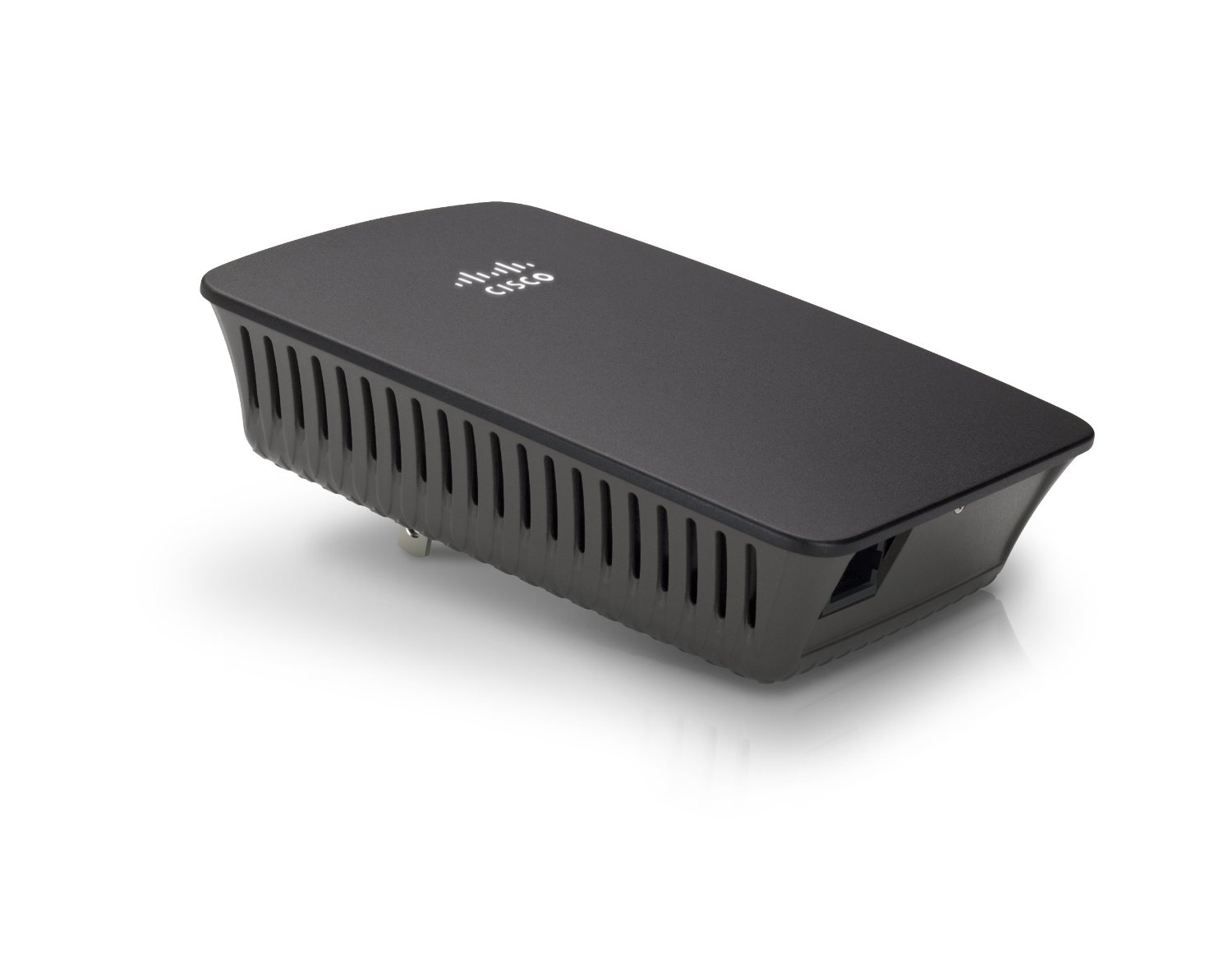I don't know if the following can be done, but here goes...
I want to add a new Epson Printer Pro 3880 to my 27" iMac, it uses an Ethernet cable. I also want to connect my iMac via an Ethernet cable to the internet (currently on wifi). The iMac has only 1 Ethernet port on the back.
Can some type of "Y" connector plug both into 1 port? Do I have to select which I am going to use, either internet or printer?
I need about 20' of cable for the iMac, the connection is 50MB/sec download speed, what type do I buy, where?
I also need 13' for the printer. Printer's cable(which is too short) says: Patch Cord 2835 E87647-DG 5U AWM 60 C 30V LL58663 CSA AWM 80 C I A 30V FT1 ETL Verified to TIA/EIA 568A CAT5. Where can I find this stuff?
Couldn't both cables be the same, wouldn't that be better?
TIA
I want to add a new Epson Printer Pro 3880 to my 27" iMac, it uses an Ethernet cable. I also want to connect my iMac via an Ethernet cable to the internet (currently on wifi). The iMac has only 1 Ethernet port on the back.
Can some type of "Y" connector plug both into 1 port? Do I have to select which I am going to use, either internet or printer?
I need about 20' of cable for the iMac, the connection is 50MB/sec download speed, what type do I buy, where?
I also need 13' for the printer. Printer's cable(which is too short) says: Patch Cord 2835 E87647-DG 5U AWM 60 C 30V LL58663 CSA AWM 80 C I A 30V FT1 ETL Verified to TIA/EIA 568A CAT5. Where can I find this stuff?
Couldn't both cables be the same, wouldn't that be better?
TIA





